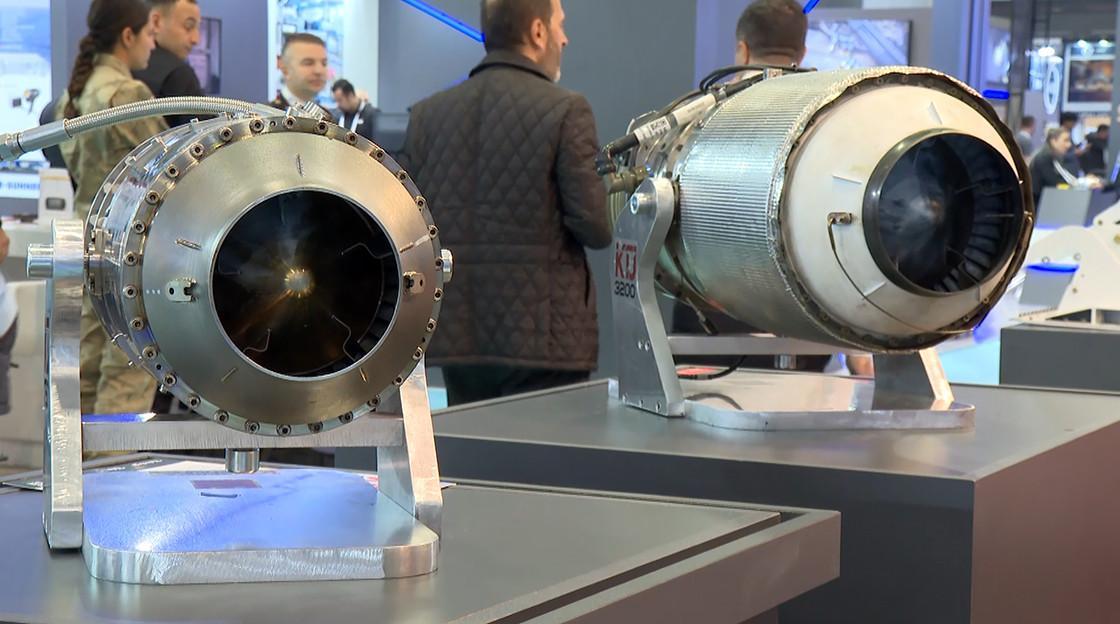
Türkiye has started fitting its own developed engines into land, air, sea and missile systems, a key move toward full self-reliance in defense.The push, driven by the Defense Industry Agency (SSB), aims to cut reliance on foreign parts like engines for home-built platforms.
Haluk Görgün, head of the Defense Industries Secretariat, told Anadolu Agency that BMC Power's TUNA engine is now in the Vuran and Kirpi vehicles used by Turkish forces.
Testing continues for the Azra Gen-2 engine in tank transporters and logistics trucks.
Next-gen tracked vehicles, including the Altay tank, will use the Utku engine.
In aviation, Baykar's Bayraktar TB3 drone runs on TEI's PD200 engine.
The PD170 powers Anka and Aksungur UAVs, while the PG50 is in the Kargi drone.
Certification tests are ongoing for the TS1400 turboshaft engine for the Gökbey helicopter, with production already underway.
For missiles, Kale Arge has made jet engines for Roketsan's Atmaca and TUBITAK SAGE's SOM.
The KTJ-1750 is for the Çakır cruise missile, and KTJ-3700 for the Kara Atmaca surface-to-surface missile.
On the naval side, BMC Power's Levend engine drives the TCB Marlin unmanned surface vessel.
The Marin X7 is in the ULAQ vessel, and the Mavi Batu for MILGEM ships is in testing.
Türkiye's jet programs also feature local power: the TF6000 turbofan for TAI's Anka-III combat drone, and the TF-10000 in development for Baykar's Bayraktar Kizilelma.
KAAN jet program advancing on schedule
Efforts on Türkiye’s domestic fighter jet KAAN are proceeding on schedule without delays, said Görgün.
“The development activities for the KAAN’s main engine, the TF35000, and the auxiliary power unit, the APU60, are progressing successfully,” Görgün said.
KAAN, Türkiye’s first homegrown combat aircraft, carried out its maiden flight in February last year. However, serial production is not expected to commence before 2028.
The Defense Ministry has described KAAN as a fifth-generation aircraft, noting it will initially be powered by two U.S.-made General Electric F110 engines — the same model used in fourth-generation Lockheed Martin F-16 fighters.
Foreign Minister Hakan Fidan said last week that the engines destined for KAAN were still awaiting approval from the U.S. Congress, a statement that stirred public debate.
“At present, the F-35s we are expecting and KAAN’s engines are being held up in the U.S. Congress, with their export licenses frozen. Those licenses must be activated and the engines delivered so that KAAN’s production can move forward,” Fidan said.
Görgün, however, underlined that the program is facing no setbacks and is advancing in line with its official roadmap.
“In the defense industry, this is the natural course of development. You begin with available engines, then phase in national engine projects. We are producing KAAN according to a block approach,” he explained.
He added that Türkiye was not relying on a single supplier to avoid jeopardizing serial production. “We are working with multiple procurement channels and evaluating alternatives simultaneously.”